Pulling the Price Lever – When & How Middle Market Companies Should Approach Price Adjustments
- Arun Lamba, Managing Director | Head of Performance Improvement
- John McKinnis, Managing Director
- Paresh Khatwani, Director
Inflation concerns are looming large over the economy and the Trump administration has started to roll out its long-promised tariffs. These developments once more raise the question of who will bear increased costs. Many middle market companies will likely consider price adjustments to offset tariff-induced expenses, but a blanket approach to passing on costs could wind up costing businesses even more. Instead, middle market companies should use this opportunity to review and optimize pricing and go-to-market strategy to unlock top- and bottom-line growth.
During prior inflationary periods, some companies did successfully raise prices – with increases ranging from 3% up to more than 20% – and achieved both top- and bottom-line growth. Importantly, companies achieved that growth by making surgical pricing decisions, segmenting which customers ultimately bore the costs, optimizing price models and being strategic about how the increase was communicated to customers.
Middle market companies that avoid price adjustments during periods of cost pressure are often driven by fear of losing customers or uncertainty around how to achieve desired results. Some may question how much to alter prices, how to change tried price models, how to communicate the adjustment without customer backlash or simply where to begin.
But price adjustments do not have to be a source of unease. A practical, data-driven approach can help companies overcome complexities, determine when and how to explore increases and avoid common pitfalls. Proper planning and precise decision making can turn price adjustments from a daunting, high-risk solution into a strategic, low-risk change that can have a major impact on profits – especially in an environment with persistent inflation and new tariff burdens.
Signals a Price Adjustment May Be Necessary
A pragmatic and actionable pricing strategy is critical regardless of the economic environment, and successful middle market companies should always be exploring new ways to monetize products and services. Pricing is a powerful way to quantify and communicate how the value of a product or service is changing. That said, emerging macro- and micro-economic factors can signal it is time to rapidly consider more acute, near-term adjustments.
Macroeconomic factors that could indicate a price adjustment is necessary
|
Microeconomic factors that could cause companies to consider a price adjustment
|
These factors can often coincide, compounding their effects to heighten urgency around pricing considerations. The current business environment is notably marked by economic uncertainty and rampant fragmentation and consolidation. Businesses are feeling the impacts of many factors stated above, and those that develop sound price increase strategies can preserve growth while avoiding loss to increased competition.
How to Explore Price Adjustments
Price adjustments are holistic decisions and must account for many variables, including product performance, services offered, market conditions, customer perception and more. Companies looking to explore a price adjustment should first conduct a comprehensive pricing analysis. This analysis should include six key approaches
Cost Transparency – Businesses must have a firm understanding of how market factors may be impacting cost base and respective product or service margins. This provides a benchmark for determining if an increase is margin accretive or not. For instance, in the case of certain tariffs, businesses may need to assess the magnitude of impacts on particular raw materials and end products
Price Testing – Companies should gather all customer and sales data available, particularly data on the outcomes of previous price increases. Analysis should focus on determining if previous changes were too high and led to customer loss, or if they were too low and resulted in profit erosion. If customers were lost, the company must identify where and why those losses occurred while seeking potential factors for segmenting customers where price increases were successful
Soliciting Customer Feedback – Before changing prices, companies should seek a clear understanding of how customers perceive current pricing levels, including how they measure product value and if that value matches the price. This can often be done indirectly by examining pricing parity across all customers (i.e., whether customers are paying the same price for similar goods or services). If there is not parity, the next step is to identify where and why some customers are paying a higher price – and if that can be replicated
Conducting Competitor Research – To avoid falling out of step with competitors, companies must know how their current prices and planned changes will stack up. Companies should examine competitor pricing for similar products, analyze competitor pricing communication strategies and understand competitors’ value propositions and differentiating factors
Understanding Change in Value Perception – Companies then need to translate feedback and research into clear targets based on any perceived change in product or service value. Perceived changes in value will typically unlock new opportunities that can substantially increase revenue through either a price adjustment or new products and services
Aligning Incentives and Governance – Once the new price is set, the sales team needs to be aligned and incentivized to capture the price – a final step that is often overlooked. Optimizing sales incentives and escalation paths is crucial to ensuring sales teams are capturing maximum price increase potential
Once decision makers have access to the necessary data and takeaways, the company can begin a price adjustment process. Price adjustments are cross-functional, but the C-suite and sales teams should take the lead. C-suite leaders drive the organization and have crucial understanding of business strategy and overall priorities. The sales team is on the front lines, providing insight into the selling environment, including what product positioning resonates and what products are selling at the highest rate.Collaboration with other departments is also crucial to ensure the organization is prepared to manage the immediate impacts of an adjustment. For example, the sales and operations team must both have the necessary information to move forward with and realize price targets. Communications teams will need to build tailored outreach plans that target different customer segments.Those leading price adjustment efforts must ultimately align around whether the price and the product reflect the value promised by the company brand, and if the pricing changes are clearly communicated to and understood by customers. The answers to both questions should be a resounding yes.
How to Execute Price Adjustments with a High Degree of ConfidenceA successful price adjustment must take into account customer importance, customer sensitivity, the company’s market position and the magnitude of change. These inputs will affect how a price adjustment is executed (such as through a separate surcharge or imbedded price increase), how the adjustment will be communicated and when the company will realize the full potential of the increase. A solid execution plan typically includes the following activities
Strategic companies use volatility and change surrounding a price adjustment to enhance relationships, pass on costs and reinforce strategy. |
Common Pitfalls to Avoid
Companies can fall victim to several common missteps during the price adjustment process and should maintain a clear understanding of those hurdles and how best to avoid them. Common missteps include
 Lack of Market Research – Companies must know their perceived value – who is willing to pay and what they are willing to pay. This knowledge should act as the bedrock of any pricing decision and should incorporate insights from the sales team based on frontline experience
Lack of Market Research – Companies must know their perceived value – who is willing to pay and what they are willing to pay. This knowledge should act as the bedrock of any pricing decision and should incorporate insights from the sales team based on frontline experience
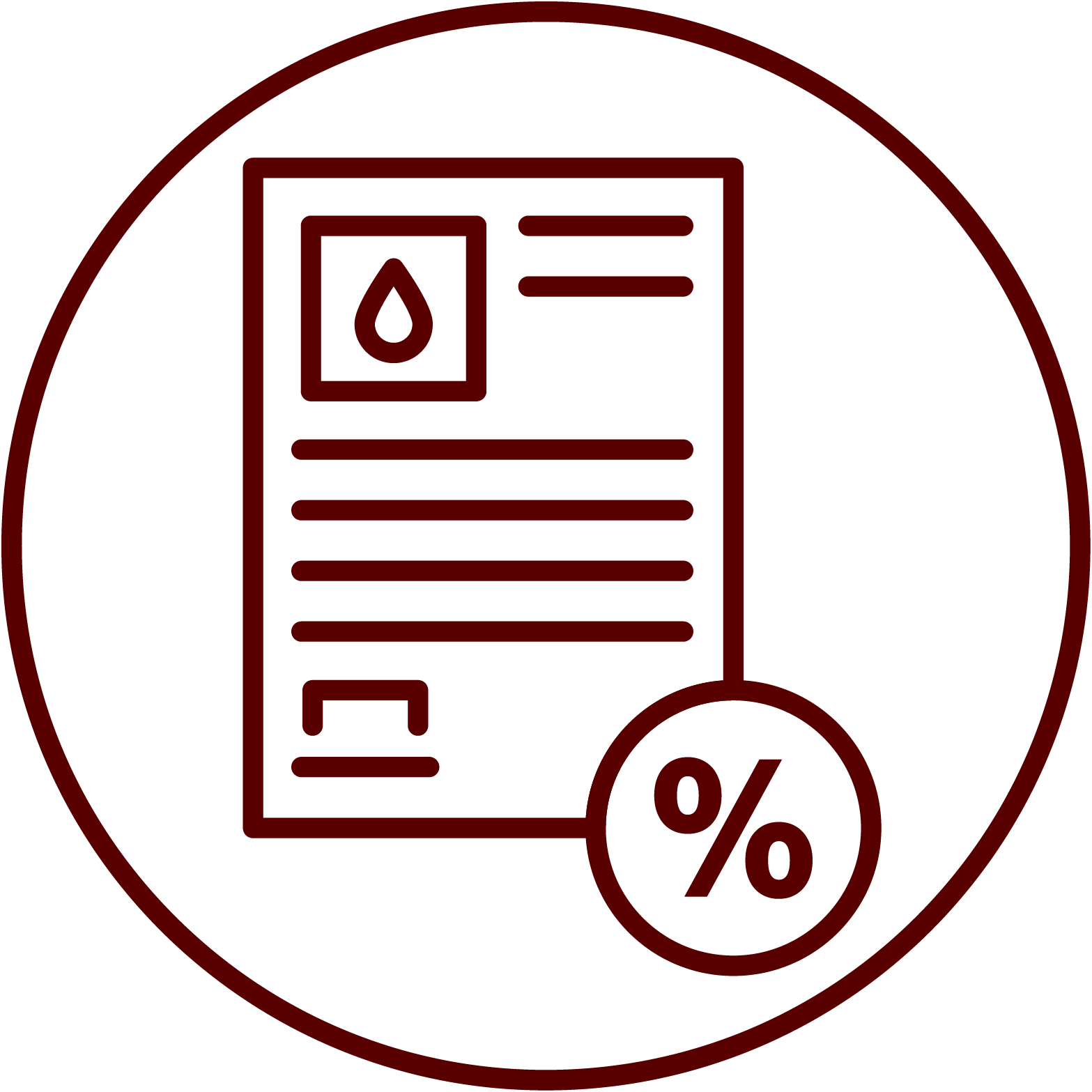 Overly Complex Pricing – Different products or services will command different values, but companies should be careful not to make pricing segments more complicated than is necessary. Complication can cause confusion, and confusion can erode customer engagement
Overly Complex Pricing – Different products or services will command different values, but companies should be careful not to make pricing segments more complicated than is necessary. Complication can cause confusion, and confusion can erode customer engagement
 Sluggish Quoting Process – In a world increasingly characterized by instant gratification, customers will not wait too long to receive a quote – and will be less likely to accept pricing adjustments on top of a cumbersome process. If customer feedback indicates that the quote process is slow, companies should not reevaluate pricing without first identifying the causes and making improvements
Sluggish Quoting Process – In a world increasingly characterized by instant gratification, customers will not wait too long to receive a quote – and will be less likely to accept pricing adjustments on top of a cumbersome process. If customer feedback indicates that the quote process is slow, companies should not reevaluate pricing without first identifying the causes and making improvements
 Misalignment Around Strategic Goals – Price increases do not occur in a vacuum and should be undertaken with clear strategic goals in mind. If leadership does not align with those goals, the company cannot effectively chart a path forward. Subsequent price adjustments may then fail to address needs
Misalignment Around Strategic Goals – Price increases do not occur in a vacuum and should be undertaken with clear strategic goals in mind. If leadership does not align with those goals, the company cannot effectively chart a path forward. Subsequent price adjustments may then fail to address needs
 Subpar Price Review Processes – Companies exploring price adjustments must establish a cadence to review and update pricing as needed. Leaders will need to assess what factors influence a given price, review pricing levels across the company and capture price model feedback. These efforts at the top are needed to inform downstream work, such as customer communications, which may suffer without a tailored process that is geared toward evaluating and solving a well-defined challenge
Subpar Price Review Processes – Companies exploring price adjustments must establish a cadence to review and update pricing as needed. Leaders will need to assess what factors influence a given price, review pricing levels across the company and capture price model feedback. These efforts at the top are needed to inform downstream work, such as customer communications, which may suffer without a tailored process that is geared toward evaluating and solving a well-defined challenge
A POWERFUL LEVER
No lever can provide a company with profit improvements faster than a price adjustment. Customers are used to – and often expect – increased prices over time. But that does not mean customers will simply accept whatever price is offered. Changes need to be addressed at the right time and be backed by a sound process.
Portage Point Partners can help you assess whether price adjustments could be the right strategy for your business. Our professionals have deep experience identifying areas where adjustments may be necessary or advantageous, developing a scalable adjustment process and executing changes alongside company leaders.
Contact us to learn how a price adjustment could improve your profits.





























